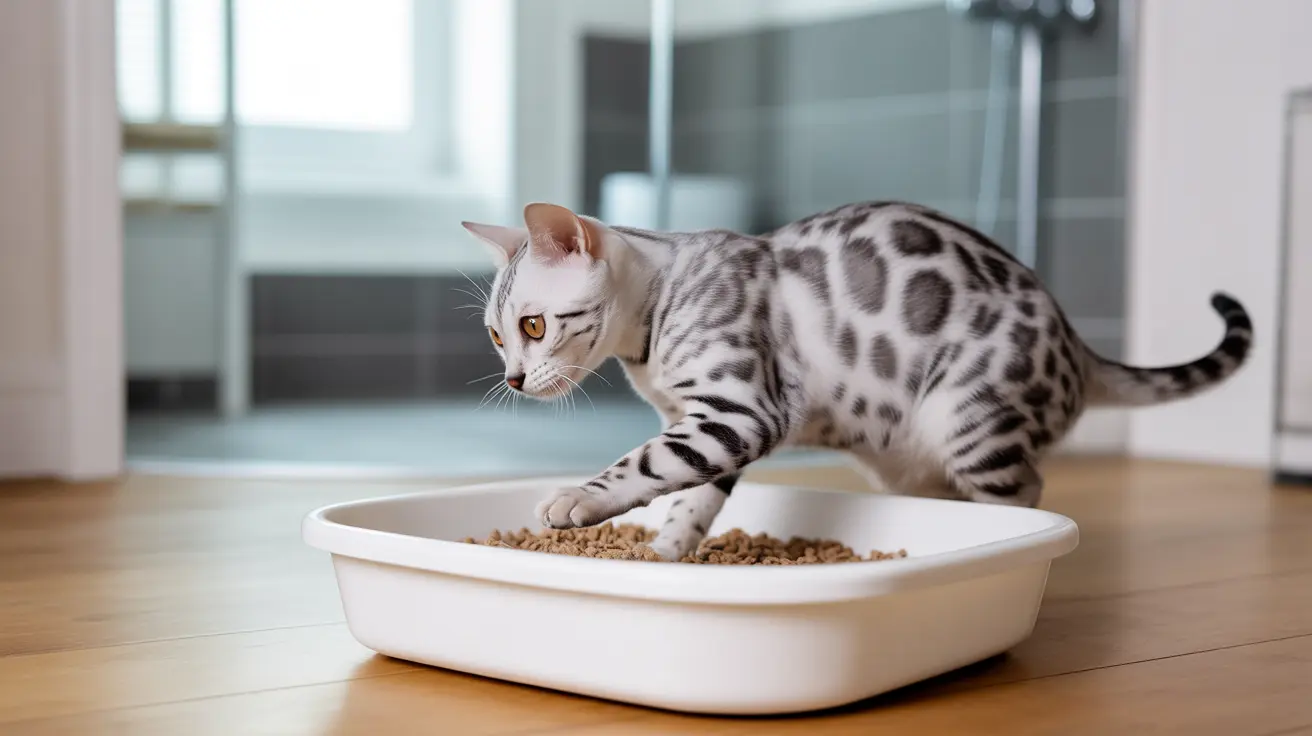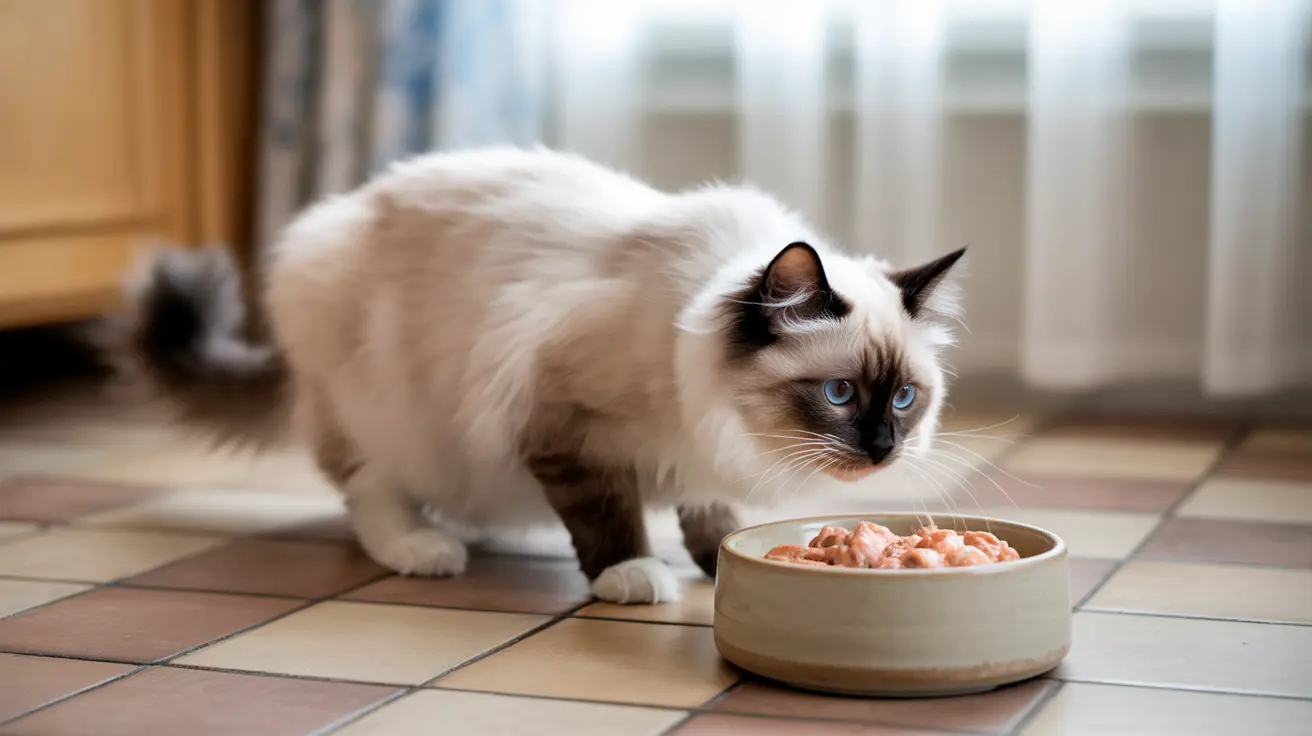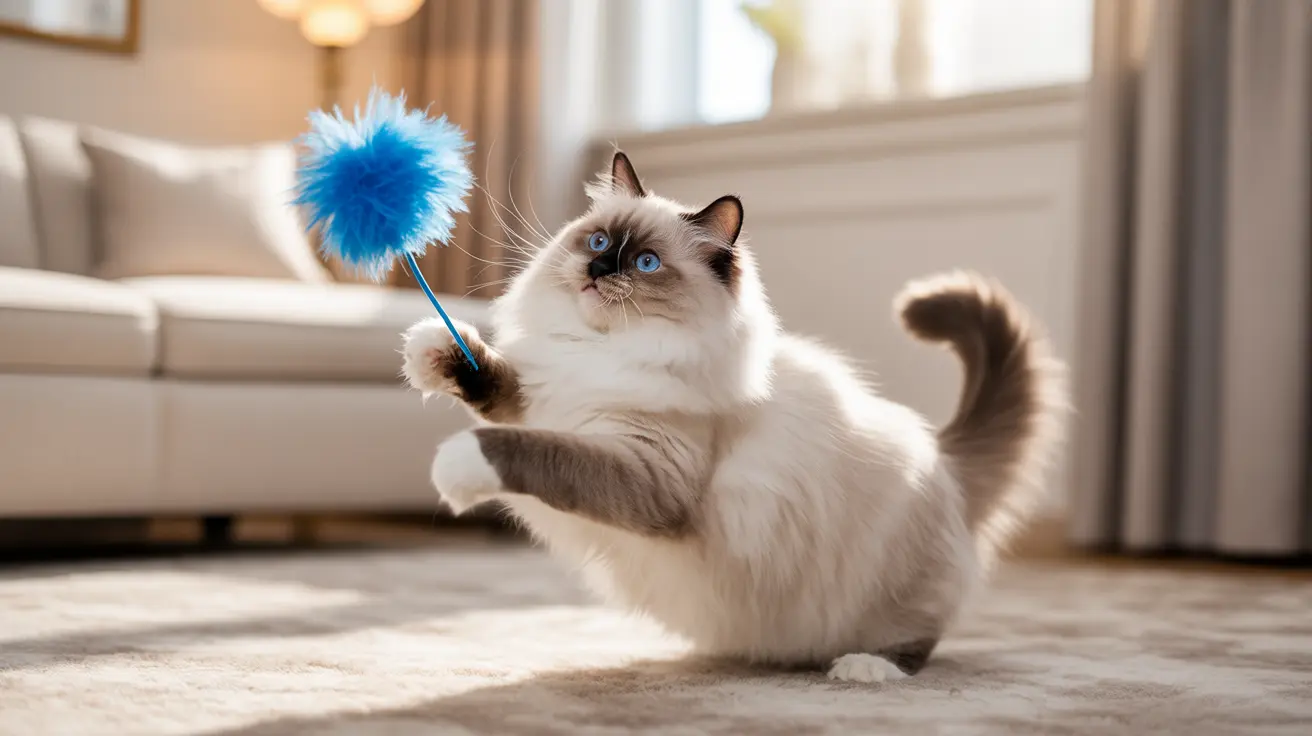If you've noticed your cat isn't covering their poop in the litter box, you're not alone. This common behavioral puzzle often leaves cat owners concerned and confused. While cats typically have a natural instinct to bury their waste, various factors can disrupt this innate behavior, from medical issues to environmental stressors.
Understanding why your cat isn't covering their waste is crucial for addressing the underlying cause and ensuring your pet's well-being. Let's explore the various reasons behind this behavior and discover practical solutions to help restore proper litter box habits.
Medical Causes for Not Covering Poop
Health issues are often the first consideration when a cat's litter box behavior changes. Several medical conditions can make covering waste difficult or uncomfortable:
Physical Pain and Discomfort
Arthritis, paw injuries, or declawing complications can make the digging motion painful. Senior cats are particularly susceptible to joint problems that may interfere with normal litter box behavior.
Digestive and Urinary Issues
Conditions like urinary tract infections, constipation, or inflammatory bowel disease might cause your cat to associate the litter box with discomfort, leading to rushed bathroom visits without covering.
Environmental Factors Affecting Litter Box Behavior
Litter Box Setup
The physical arrangement of your cat's bathroom space can significantly impact their covering behavior:
- Box size and depth
- Litter type and quantity
- Box location and accessibility
- Cleanliness and maintenance
Territory and Social Dynamics
In multi-cat households, leaving waste uncovered can be a territorial message. Dominant cats may deliberately leave their waste exposed to mark their territory, while stressed cats might rush through their bathroom routine due to intimidation from other pets.
Behavioral and Training Considerations
Early Learning Experience
Cats typically learn litter box habits from their mothers. Those separated too early or not properly socialized might never develop the covering instinct. However, with patience and positive reinforcement, these behaviors can often be taught.
Stress and Anxiety
Changes in the household, such as new pets, moving, or alterations in routine, can affect your cat's bathroom habits. Creating a calm, consistent environment is essential for maintaining proper litter box behavior.
Solutions and Management Strategies
Optimizing the Litter Box Environment
Make these adjustments to encourage proper covering behavior:
- Provide multiple litter boxes in quiet, accessible locations
- Use unscented, soft-textured litter that cats prefer
- Maintain consistent daily cleaning schedules
- Ensure adequate litter depth for digging
Addressing Medical Issues
Schedule a veterinary check-up to rule out health problems, especially if the behavior change is sudden or accompanied by other symptoms. Early intervention can prevent the development of chronic issues.
Frequently Asked Questions
Why is my cat not covering his poop in the litter box, and should I be concerned?
While uncovered waste isn't always cause for alarm, it can indicate health issues, stress, or environmental problems. Monitor your cat for other behavioral changes and consult a vet if concerned.
Could a change in cat litter or box type cause my cat to stop burying his waste?
Yes, cats can be very particular about their litter preferences. Sudden changes in litter type, depth, or box style can cause them to alter their covering behavior.
Are there medical reasons—like pain or illness—that might stop a cat from covering its poop?
Yes, several medical conditions, including arthritis, urinary tract infections, and digestive issues, can make covering waste difficult or uncomfortable for cats.
How does having multiple cats in the home affect my cat's litter box habits, especially when it comes to covering poop?
Multiple cats can create territorial tensions, leading some cats to leave waste uncovered as a dominance display or rush through litter box visits due to anxiety.
What practical steps can I take to encourage my cat to cover his poop in the litter box?
Ensure proper litter box setup, maintain cleanliness, provide multiple boxes in multi-cat homes, and consider using positive reinforcement training. Address any underlying medical or stress-related issues with your veterinarian.
By understanding and addressing the various factors that influence your cat's litter box behavior, you can help restore proper waste-covering habits and ensure your pet's comfort and well-being.






